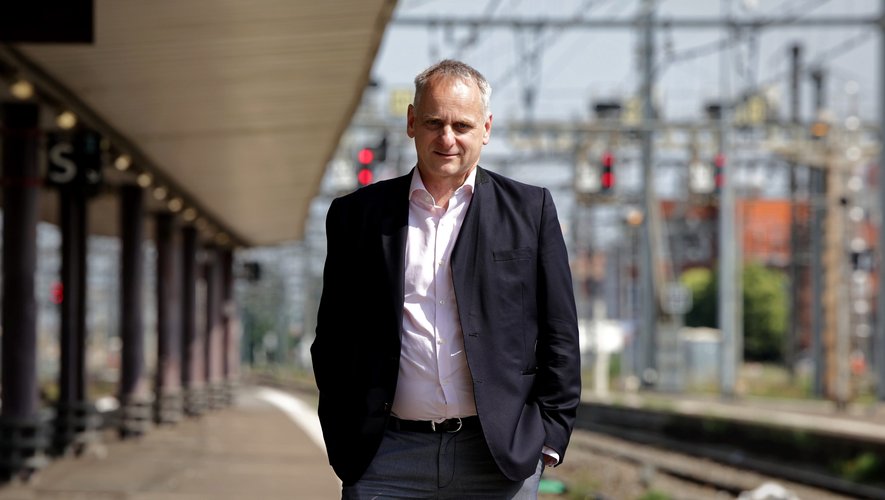Christophe Huau describes the construction schedule for the LGV Bordeaux – Toulouse, its costs and environmental challenges.
What are the main numerical benchmarks for the Bordeaux – Toulouse high-speed line?
The line represents more than 220 kilometers with the creation of new stations in Agen and Montauban. The branch to Dax will extend over 90 kilometers with a new station in Mont-de-Marsan.
How much is the investment?
The total financing plan amounts to 14 billion euros, of which 8 billion for the new Bordeaux – Toulouse line, 4 billion for the branch to Dax, 1 billion for the Toulouse railway junction and the same for Bordeaux.
What will the capacity of the line be in terms of passengers?
The number of passengers will depend on the type of trains that the railway operators will run, but this new infrastructure will allow about fifteen TGVs to pass per hour and per direction, but the bottlenecks of Toulouse stations will have to be taken into account and from Bordeaux.
Shouldn’t railway developments in Toulouse and Bordeaux accommodate these bottlenecks?
This is the goal: to add lanes to increase capacity on the approach to the metropolises of Toulouse and Bordeaux. These works, called Railway Developments North of Toulouse (AFNT), started in mid-February following the authorization decision of the Prefect of Haute-Garonne and are due to be completed by the end of 2031. This project aims to double the number of lanes in 19 km between Toulouse – Matabiau station and Castelnaud-d’Estretefonds. We are moving from two to four tracks, allowing all types of traffic to be accommodated: TGVs of course, but also TER, metropolitan RER, freight, intercity trains, etc.
Where are we on the timetable for the new Bordeaux – Toulouse line?
We still have a long way to go. The aim is to launch construction tenders in 2025 and select the consortia of companies by the end of 2026. But the work will not start immediately after the companies have been chosen. They will still have to carry out the detailed design in 2027 because we are currently in a summary pre-project phase. These are design-production contracts. The start of work is planned for 2028 and commissioning in 2032.
Regional chairman Delga wanted to be able to book a year or two of profit on the calendar. Is this feasible?
Our planning is already very ambitious, as we only have four to five years to complete the entire line. We are involved in extraordinary tenders totaling between 8 and 12 billion euros. GPSO will undoubtedly be one of the largest projects in Europe.
How many jobs will be generated by the construction site?
We expect 10,000 jobs if we count the jobs generated during the life of the project. This is significant and it is a unique opportunity for the areas. Naturally, the large construction groups come with their staff, but thousands of jobs are also created locally.
Are you afraid of legal and environmental guerrilla warfare from opponents of the LGV?
We will have very strict environmental requirements with an eco-design approach to the construction site to save materials, water, energy, etc. We consider GPSO as a project of the future, aiming to improve standards compared to previous generations of LGVs. It is likely that there will be an appeal, but we want to work with all stakeholders, including opponents.
What do you say to opponents who criticize artificialization across the board?
A railway takes up less natural space than a highway. The track and ballast extend over a width of between 10 and 15 meters and do not waterproof the ground like a road. GPSO is a modern project because it truly enables a modal shift, i.e. abandoning the plane and car in favor of the train. This will become reality because we have already seen it between Paris and Lyon, but also towards Marseille and Bordeaux.
